18 pawn structures you’ve seen (but never knew)
The pawn structure (occasionally known as the pawn skeleton) refers to the strategic arrangement of pawns in a chess game, along with the theoretical strength and weaknesses of such frameworks that can be taken advantage of by the player.
Some common pawn structures include but not limited to a passed pawn, backward pawn, isolated pawn, double pawn, pawn chain, triple or four pawns, and the likes, all have their distinct characteristic from one another.
The pawn is the weakest yet important strategic aspect of any chess game due to its numbers and given structures. Such contributes to the overall feasibility of winning a match, in fact, a lot of professional games end after being down by a pawn.
Learning the different pawn formations will be necessary to take your game to the next level. This is what I will be discussing in this article.
Here are all the common pawn structures in chess:
1.) Passed pawn
The first type of pawn structure and also the most important to understand, the one that’s on the way to be promoted. A passed pawn is a type of pawn that doesn’t have any opposing pawns in the next three files going forward.
Look at this sample:

The white pawn on the queenside is considered a passed pawn since unlike black there are no other pawns that could capture or block its path three files going forward.
2.) Double pawn
A double pawn is a scenario where one of the pawns has made a capture, making a total of two at the same file. It can be seen in the illustration below:

They are two pawns in the same file (column) where the one at the back is vulnerable to being captured (weak pawn). This is not as unfavorable though (contrast to double isolated pawn) since the weak pawn can be used to support the thrust of the one in the side:

3.) Triple or Four Pawns
This is similar to the previous example only with a greater number, three or more instead of two. Like this one:

Unlike the double pawn, there’s no clear advantage to having this structure, most of the pawns blocked each other from advancing. Four pawns are the maximum number that can be accumulated in this setup, though this rarely occurs in the first place.
4.) Isolated pawn
This refers to a pawn that has no adjacent supporting pawns in either of the sides, an “isolated” pawn:

As you can see from the diagram, the black’s Queenside pawns are considered isolated pawns since there are no other pawns that can back them. The white Queenside pawns however are chained with each other, a more reliable and durable structure than the isolated pawns.
5.) Double isolated pawns
We’ve already talked about how the double pawns can be useful, but there’s another type tha is absolutely horrible. Such as this one:

It’s similar to the example in the double pawn, except now there is no group that the two pawns belong making them “isolated”. This is even weaker than a single isolated pawn structure since the backward pawn can’ advance and is therefore an easier target.
6.) Piled pawn
This is another type of isolated pawn that has been blocked (cannot advance) and being piled up by attacks. Here’s a diagram:
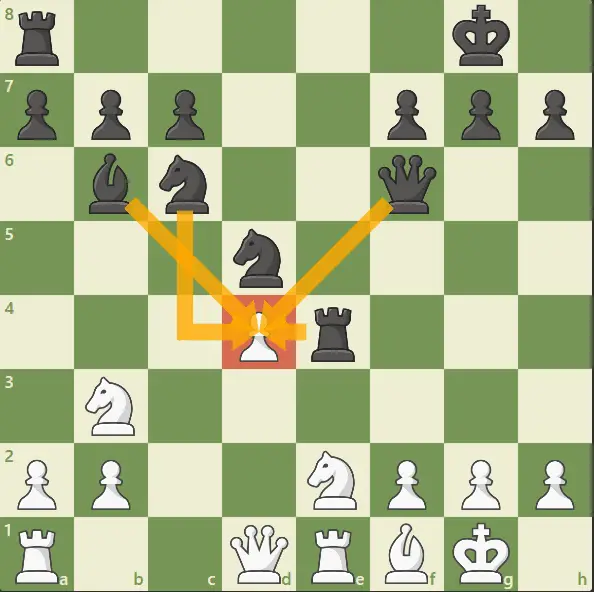
The pawn at d4 is an isolated pawn that’s obstructed by the knight, several other black pieces are building their attacks on the pawn. White can no longer defend the weak pawn, further demonstrating the vulnerability of such
structure.
7.) Pawn Island
This is a structural pattern used to measure the interconnectedness of every playing pawn, where both the connected and the isolated pawn is counted as “one”. Let’s try to count:
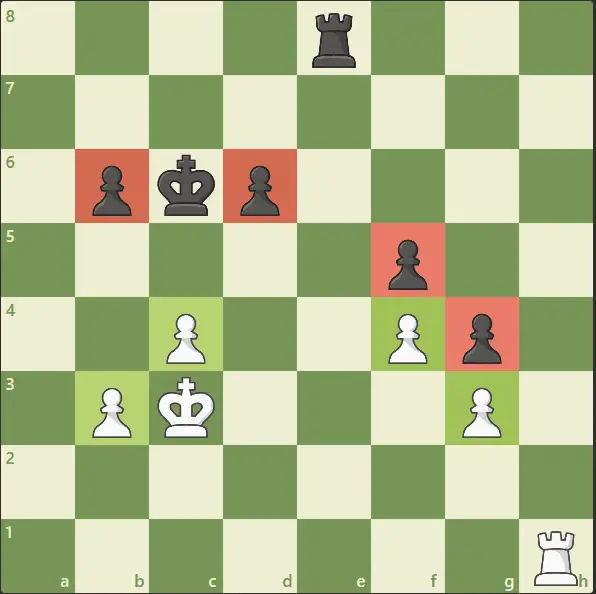
Black here has two isolated pawns while the other two are connected, therefore having 3 pawn islands. White on the other hand has no isolated pawn with two connected ones, a total of 2 pawn islands.
The lower the count the better, since it signifies a more linked structure that is supported by each other.
8.) Hanging pawn
Is the type of pawn that is about to be picked up without a defending piece, a “hanging one”. Just like this endgame:

White cannot defend both of the pawns at the same time, only being able to choose one. Both of the white pawns, in this case, is considered a hanging pawn since there’s no readily available pawns or pieces that can defend them.
9.) Pinned pawn
Another possible pawn structure where the said pawn this time is unable to move due to being pinned by an opposing piece threatening the one that’s behind:
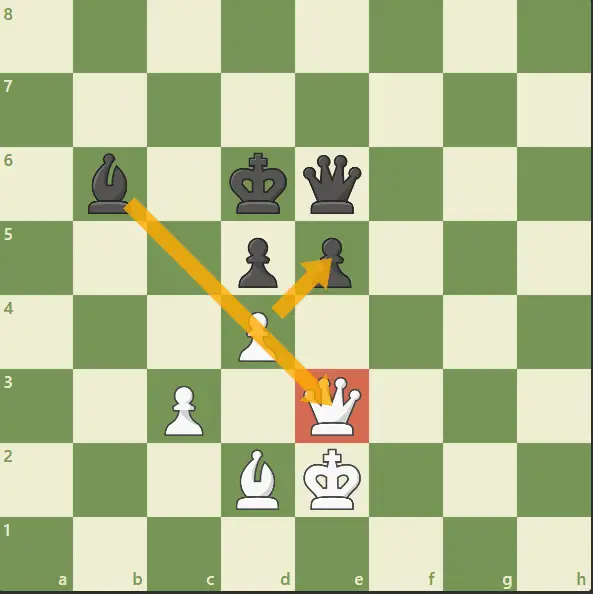
The black bishop in this case is indirectly threatening to capture the queen if the pawn ever moves, therefore the pawn is “pinned”. The queen has to move or the bishop has to be kicked away somehow, either way, this setup really paralyzes the pawn’s movements.
10.) Connected pawn
This describes adjacent pawns that are able to defend one another, or be connected in some way. Take this one:
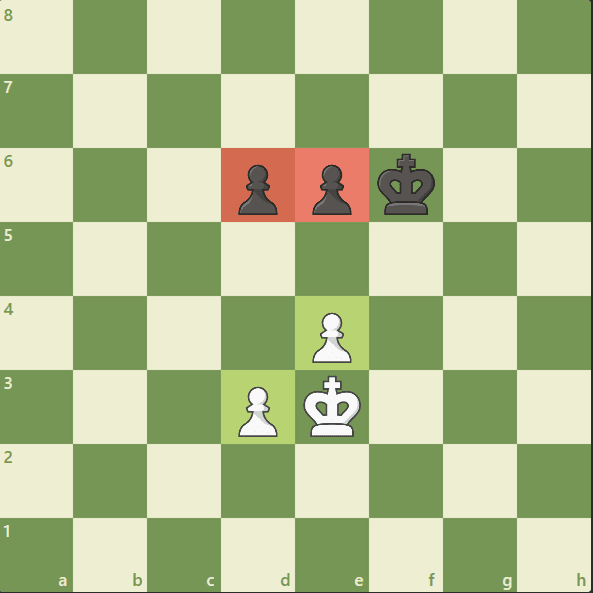
White pawns in this case are already linked to each other, while black only has adjoining pawns placed side by side. Both groups of pawns are considered connected pawns since they are capable of combining or have already combined to support one another.
11.) Backward pawn
This is the pawn placed at the back of the connected pawns, the weak link that is vulnerable to attacks:
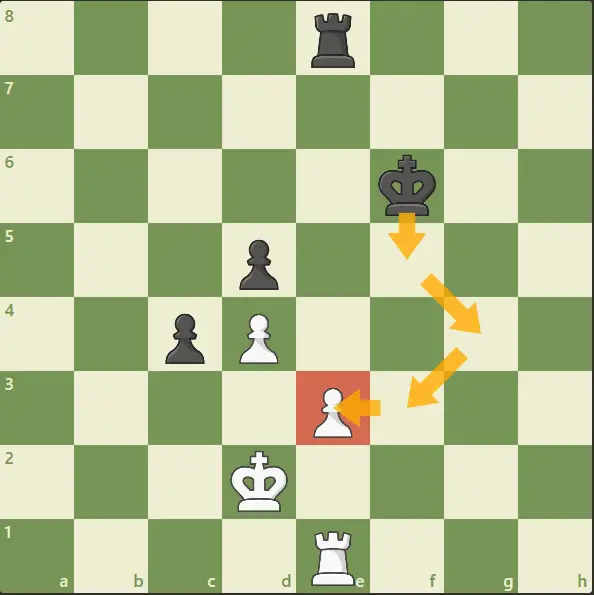
The highlighted pawn is the backward pawn of the structure, it cannot advance without being captured nor can it easily be defended (by other pawns). Take note that not all back pawns of connected pawns are considered “backward”, only those that cannot advance without being captured.
12.) Pawn chain
This refers to a larger structure of connected pawns which includes more than a total of two, making it a “chain”:
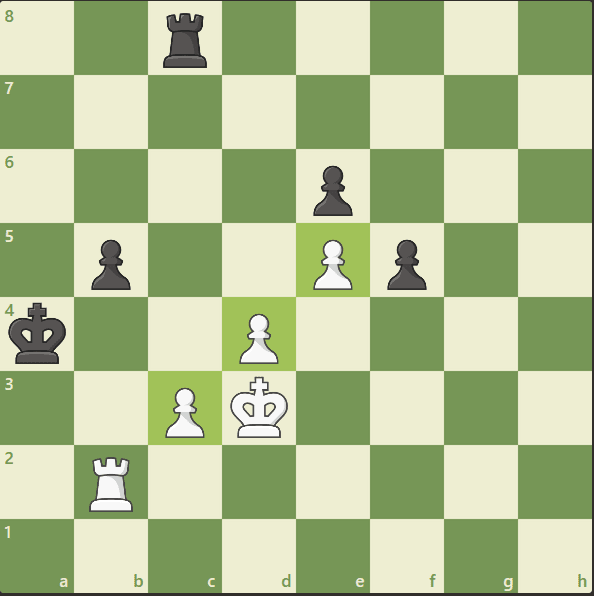
It’s basically a bunch of connected pawns banded together, a more solid setup than just having two. The bottom of the pawn chain is considered the weakest (backward pawn), since there are no other pawns that can defend it unlike the one at the top.
13.) Closed pawn chain
Regular pawn chains are primarily straight in nature, but such structure can be realized in another form!:
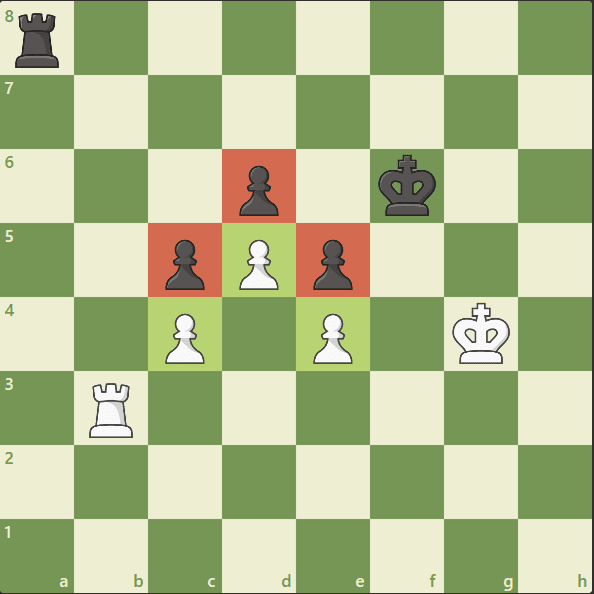
The closed pawn chain is more commonly observed along the center compared to the edge. Its prime purpose is to well, close the position restricting movements of every other pawn and pieces.
14.) Distracting pawn
It is a pawn that serves as a sacrifice to convert an opposing pawn structure into a weaker one (even at the cost of a whole pawn):
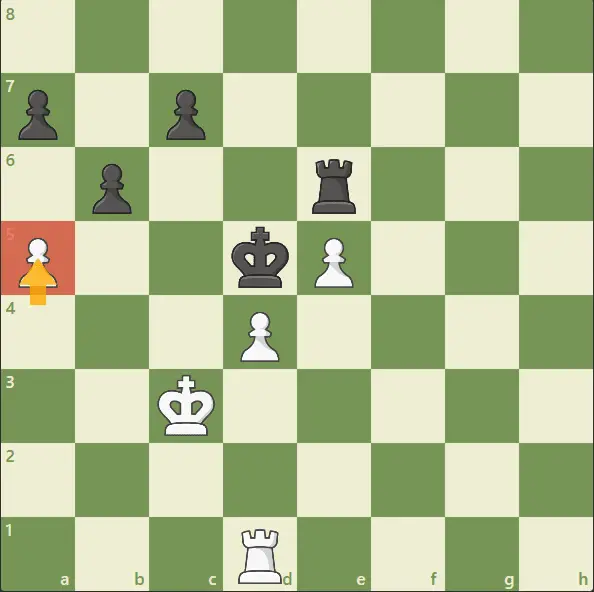
Black’s pawn arrangement at the queenside is very stable, and the white pawn hopes to distract by being captured. If black decided to eliminate the “distracting” pawn, the black pawns would no longer be connected and would become doubled:

15.) Crossed Pawns (Pawns structure like “x”)
The crossed pawns is a structure that occurs when two distracting pawns surround a solid structure, forming an x-shape:
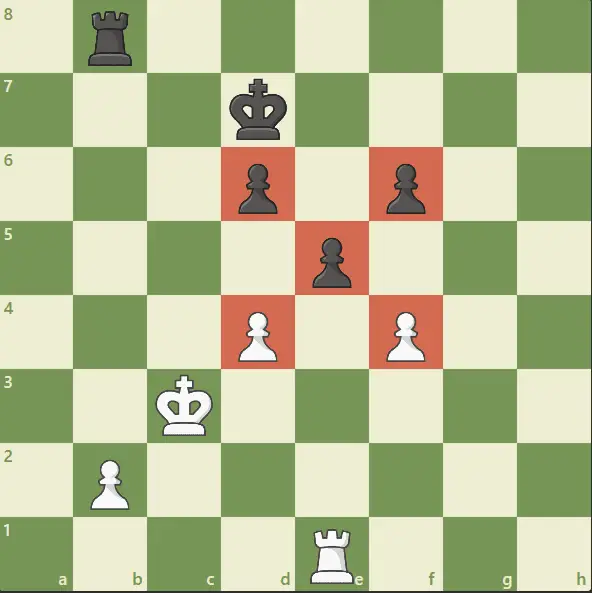
This is set to provide additional pressure that would force the opponent into breaking the formation, after all, a single distracting pawn can be ignored. Of course, a double distracting pawn can also be ignored, but the double captures that follow will break the structure anyway.
16.) Controlling Pawn (1 pawn controls 2)
This describes an isolated pawn that singlehandedly limits the advance of two opposing pawns, usually seen in endgames:
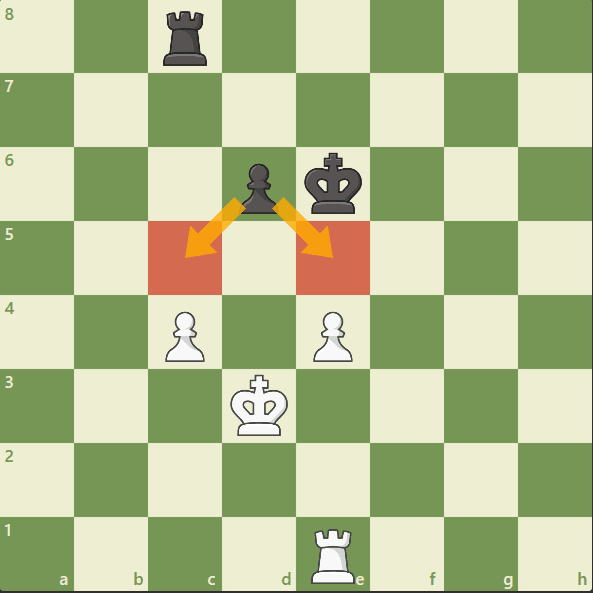
The isolated pawn for black is controlling both of white’s queenside pawns, they cannot head forward without meeting the pawn’s capture. The controlling pawn is a weak isolated pawn yes, but is multi-functional enough to be really valuable.
17.) Restricting pawn
A restricting pawn is a really advanced pawn usually witnessed in the opening when one has failed to control the center:

The pawn blocks the corresponding opposing pawn from advancing, but also makes it harder for black to recover space. This is a double-edged set up however since black can arguably acquire an opportunity to pile up on the pawn that is so far on the enemy board.
18.) Pawn majority
A structure that has the pawn majority can be described as having a higher number of pawns on one side of the board:
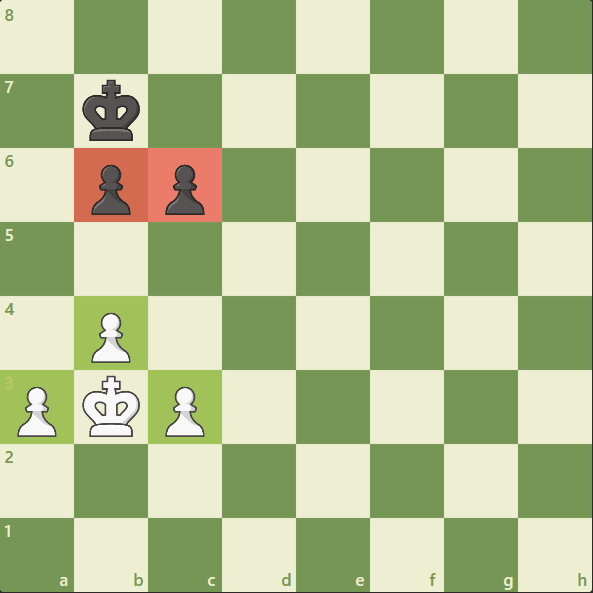
White in this case has the pawn majority in the queenside having a total of three over black’s two. This is a good measurement to infer which side can afford exchanges, since if every pawn gets traded the one with the majority will have a passed pawn (ready for promotion).
Final thoughts
The pawn due to their numbers has very interesting applications not available to any other pieces in chess. Learning the recurring structures in such can help improve the overall understanding of the game itself.
These are pawn frameworks that I have observed myself, although there could be more as there are so many ways to arrange the pawns theoretically. Hope it helped you, sleep well and play chess.
